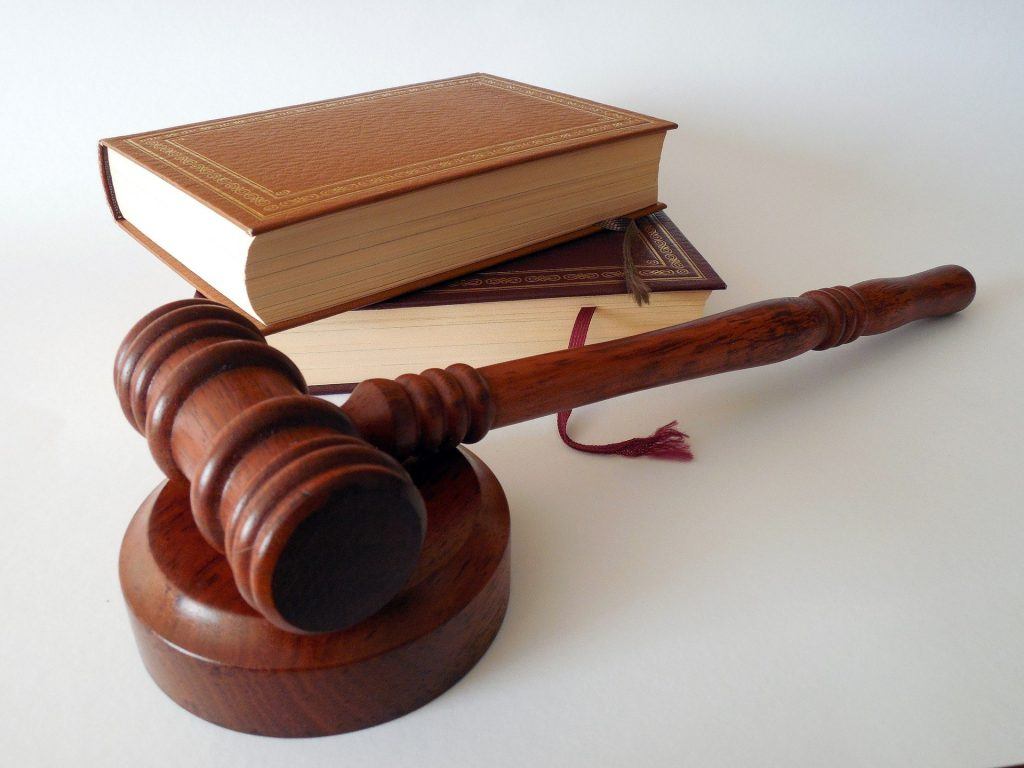
Behind the Bar: Rule 7: Pleadings and Motions, Navigating Your Case
“Behind the Bar” is a multi-part blog series that will focus on specific aspects of the practice of law ranging from the Rules of Evidence, Rules of Civil Procedure, and other important legal practice technicalities in an effort to provide readers a better understanding of regularly overlooked and misunderstood concepts that lawyers are faced with on a day-to-day basis.
A special trait that all attorneys must possess is the ability to guide their clients through the litigation process. Rule 7 is one of the most basic, yet vitally important rules in structuring a case and proceeding through various twists and turns that are encountered along the path to favorable outcomes. Rule 7 is technical and provides guidelines that in some instances, even the Court does not have the power to manipulate. North Carolina Attorneys involved in all areas of litigation are strongly advised to take special heed regarding Rule 7 as failure to do so can bog down your case proceedings.
When meeting with your attorney, you will often hear common phrases such as “complaints,” “answers,” “replies,” etc. This very well may be one of the few times that common English meaning of words are directly applicable to the words your attorney is saying. Legal lingo can be confusing, but rest assured, a complaint consists of your actual complaint (aka how you have been harmed/wronged). Rule 7 defines these documents as “Pleadings” and there are six “required” pleadings that you may encounter during the litigation process. Rule 7 flexes its proverbial muscles here as the Court does not have the power to waive or enforce their filing, nor can the court create “new” pleadings. Each of the “required” pleadings are not necessarily required in all instances of litigation, but luckily the process progresses in sequential order, meaning – one must be filed before another becomes required. Despite the seemingly straightforward nature of Rule 7, having an attorney handy is necessary in the drafting, execution, and submission of these documents because a failure to properly file a required pleading can be very harmful to your case.
The second part of Rule 7 deals with Motions, content therein, and the form in which the must be introduced to the litigation process. Motions are simply a request made by a party for an order by the Court. Vast amounts of motions exist, but in North Carolina, regardless of the motion, the party making the motion must particularity state the grounds on which they are motioning the court, and state what relief they are hoping to achieve. Simply put, you have to provide the Court with some specific details regarding why you are asking them to do something. Motions are a very strategic aspect of the litigation process and as such Attorneys must be prepared to “move” at any moment whether live and in person during a proceeding or behind the scenes formulating the next strategic maneuver, doing so properly requires a solid basis and understanding of what your objectives are and how you can achieve them through use of the law.
Lawsuits have been compared to chess matches as they require participants to not only think about what they are currently doing, but what their opponents will do in response. The ability to think a few steps ahead and anticipate certain action is crucial to successfully litigating a lawsuit. While being Captain of your own ship is at times the best course of action, it is a wise choice that throughout the course of the litigation process, your well-equipped crew must consist of trusted counsel by your side to help you navigate treacherous and unfamiliar waters.
Behind the Bar Series
Rule 4 (Part I & Part II) | Rule 5 | Rule 7 | Rule 37
 North Carolina Divorce Lawyers Blog
North Carolina Divorce Lawyers Blog

